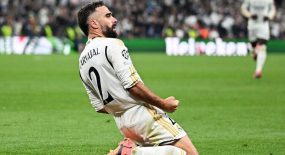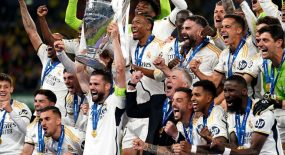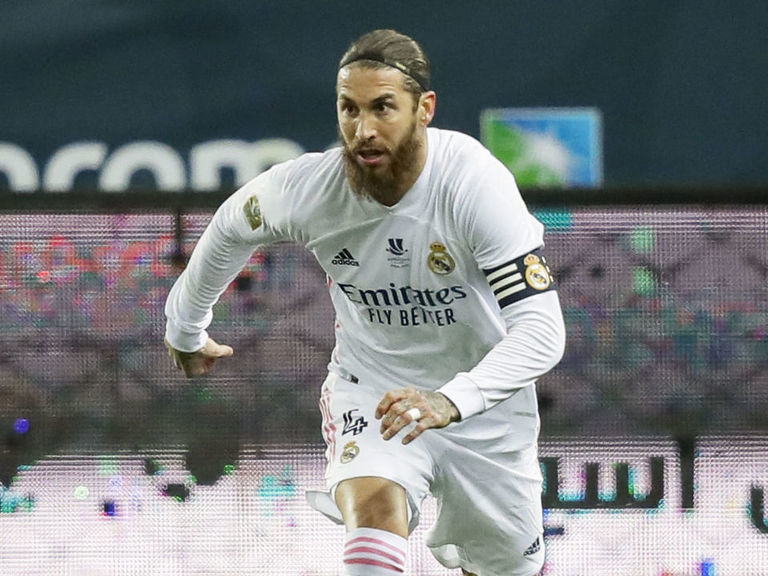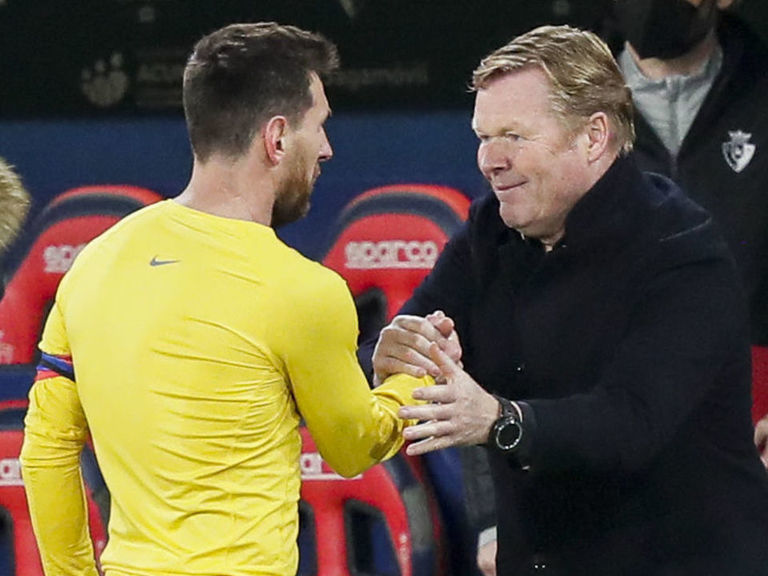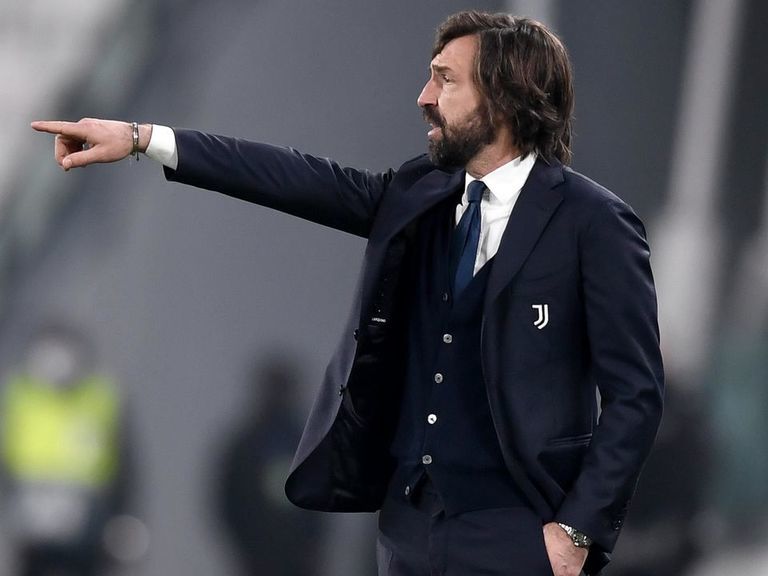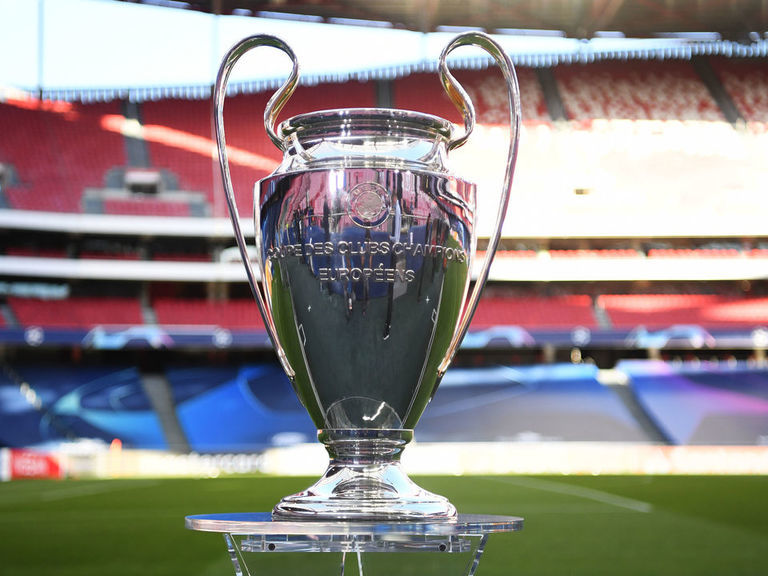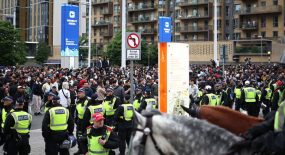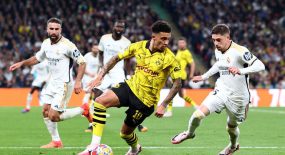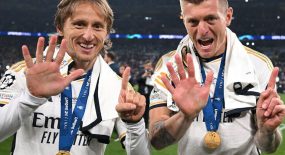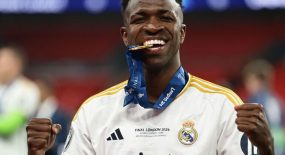Captain Sergio Ramos’ future at Real Madrid is still very much in the air, as the Spanish defender said there’s “no news” to report from contract negotiations.
“I’d like to be able to say something, but there’s nothing new,” Ramos said, according to Alex Kirkland of ESPN FC.
“I’ve only been thinking about coming back from my injury and ending the season as well as possible,” he added. “On the renewal, there’s no news.”
The 34-year-old, who has only three months remaining on his deal, said he’ll provide updates on future developments.
“I promise that when there is, I’ll be the first to say so,” he said. “But right now I’m calm and I’m only thinking about playing again.”
It’s the first time Ramos – who made the comments during the premiere of his new documentary series – has addressed the situation since September.
Manager Zinedine Zidane, however, has been quizzed about his captain’s future on a weekly basis, and he appeared frustrated last month when asked again.
“You always ask me about it, it’s amazing,” he said. “What else can I say? I want it to be sorted out as soon as possible.”
The 2010 World Cup winner returned to training Wednesday after undergoing knee surgery last month. He’s expected to be available for Madrid’s Champions League last-16 clash against Atalanta next week.
Ramos has helped Real Madrid win five La Liga trophies and four Champions League titles since arriving from Sevilla in 2005.




